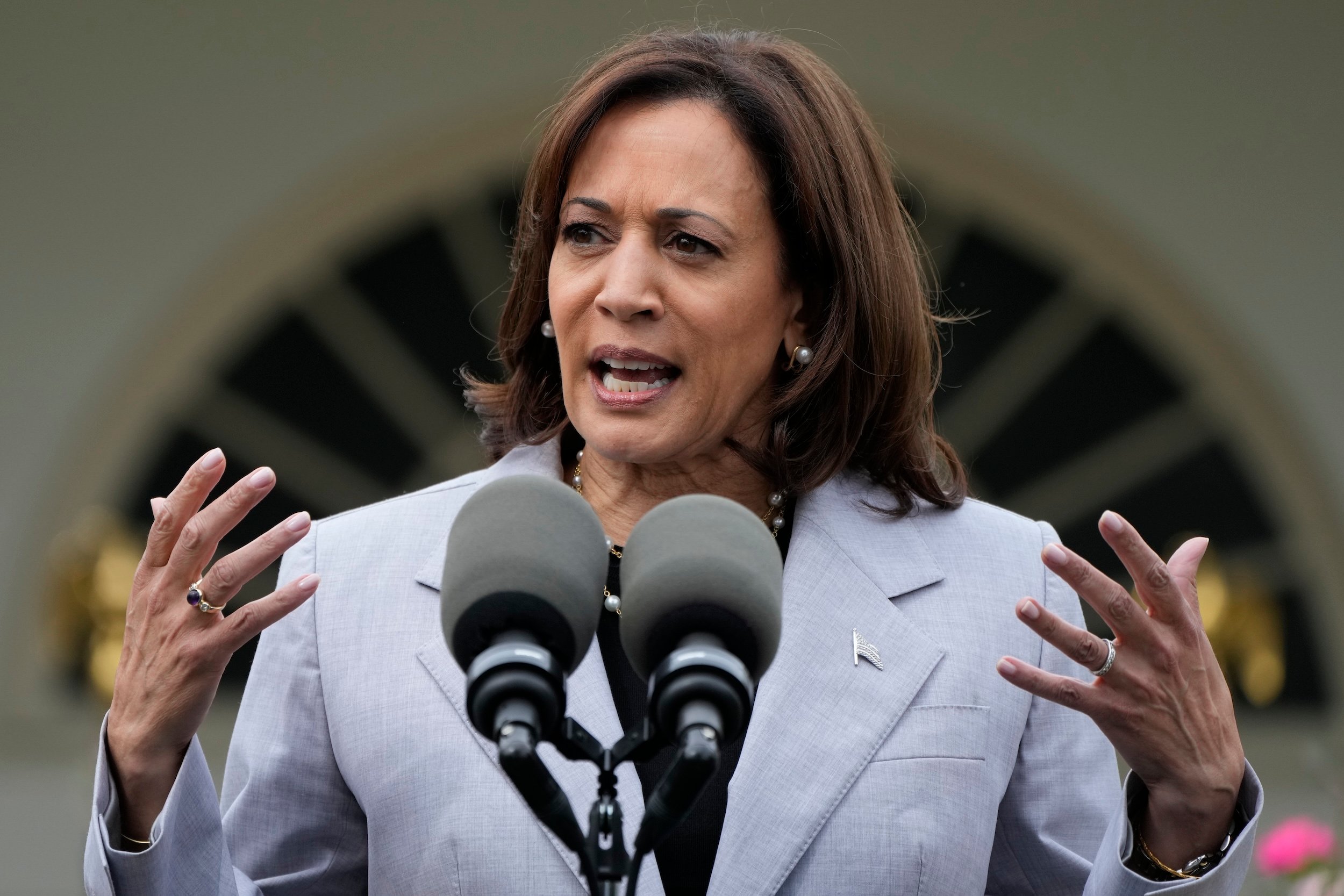What To Know Today
Federal funding for community-led violence prevention draws overwhelming public support. Sixty-eight percent of likely 2022 voters support the intervention, according to polling released by the progressive-leaning firm Lake Research Partners shared with The Trace. That’s compared to 24 percent opposed and 8 percent undecided. The sample of respondents was weighted to reflect voters in states where upcoming Senate elections are expected to be competitive. More than two-thirds of voters living in households with gun owners (66 percent) or NRA members (68 percent) also favor federal funding to state and local governments for community-focused efforts. While community-led violence interventions can be defined broadly, the following garnered more than 70 percent of support from respondents:
- Investments in schools, cheaper housing, mental health care, and job training
- Youth employment programs
- More safe spaces for youth, like community centers and after-school programs
- Diverting some emergency response, including for mental health and substance abuse issues, away from the police and toward clinicians
The majority support remained consistent across racial and partisan lines, with the highest levels found among Black, Latinx, and Democratic likely voters, but still considerable favorability among Republicans, independents, and white voters. “I think we need to start winning a messaging battle around this,” said Pastor Michael McBride, a violence prevention activist who has worked to secure more federal funding, about the polling.
DOJ unveils a new effort to curb gun trafficking in five major cities. U.S. attorney’s offices in New York, Chicago, Los Angeles, the San Francisco Bay Area, and Washington, D.C., will form a new “strike force” targeting violent crime in the cities, which the Department of Justice identified as trafficking corridors. In Tuesday’s announcement, Deputy Attorney General Lisa Monaco said local offices in the metro areas will coordinate with federal, state and local law enforcement to focus on “where the guns are originating, where they’re used in violent crime.” Don’t miss: President Joe Biden is expected to give remarks later today about surging gun violence and the administration’s anti-crime strategy, which the White House just previewed in a new fact sheet.
1 in 5 teens live or attend school within walking distance from a recent deadly gun violence incident. That statistic comes from Cornell University researchers, who linked Gun Violence Archive data from 2014-2017 to a long-term study of 5,000 children born between 1998 and 2000. Zeroing in on deadly gun violence within a 6-mile walk of teens’ homes and schools when they were about 15, the researchers found starkly different experiences across racial and socioeconomic lines: Fewer than 5 percent of white teens had been in proximity to a deadly shooting within the last year, compared to about a third of Black and a quarter of Latinx teens. Only 10 percent of middle-to-high income teens had been near such an incident, while one-third of poor or near-poor teens had. “What was really striking to me is that even Black and Hispanic adolescents in the most well-off households had more exposure than white families living in the poorest households,” one of the researchers said.
A reporter reflects on nearly a decade covering homicides in Los Angeles. While journalists are rarely the center of the stories we tell, a Los Angeles Times journalist who spent eight years covering violent crime this week reflected on what she saw, learned, and felt on the beat. Nicole Santa Cruz was the lead reporter of the Times’ The Homicide Report, a database documenting each victim in the county. Some years, there were over 500 deaths to count. “Perhaps the most startling lesson from this reporting was not seeing how people mourn the dead but how they carry on with life,” she wrote.
Data Point
8,100 — the number of U.S. public safety agencies and municipalities with Lexipol contracts, making the company that sells law enforcement manuals in 35 states the country’s largest purveyor of such guidelines. Some of Lexipol’s policies limit legal liability for officers when police shoot citizens. [USA TODAY]

